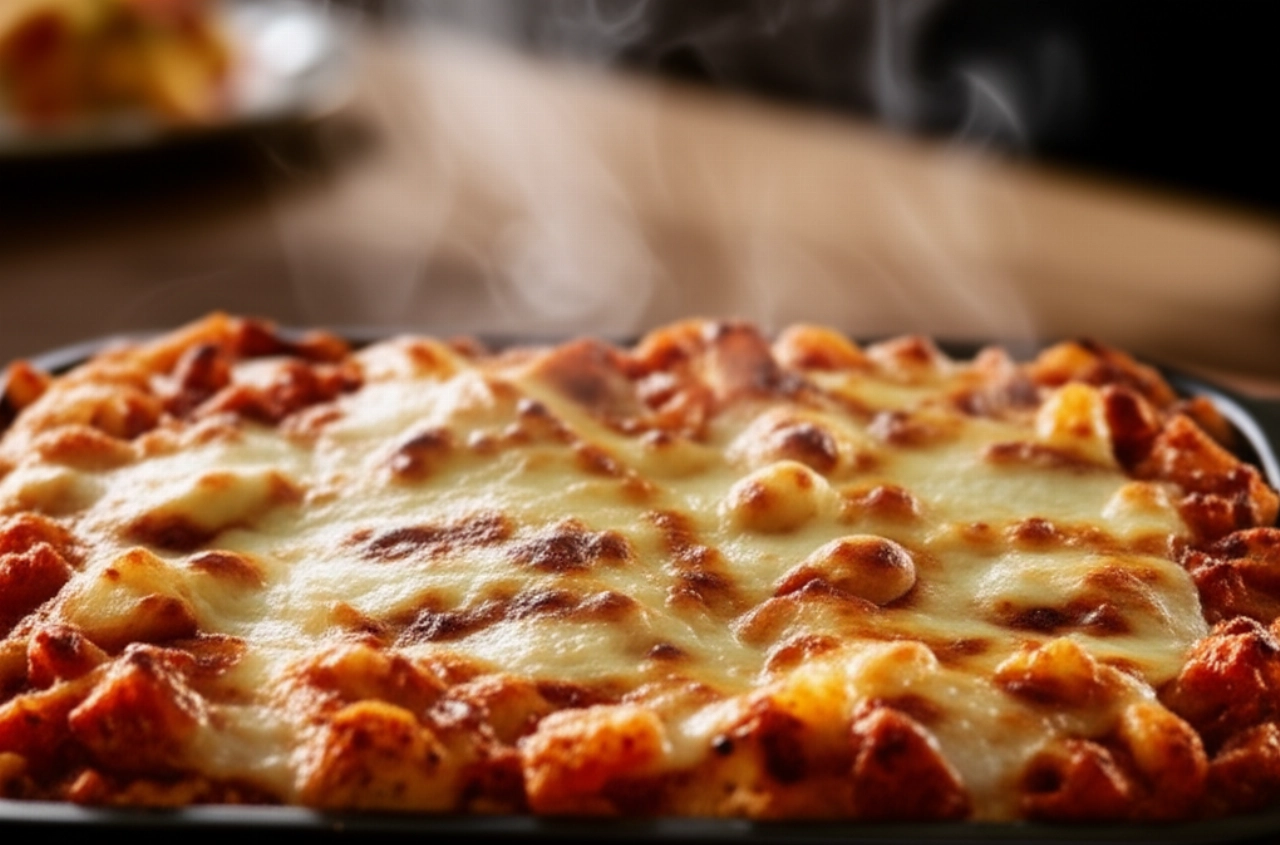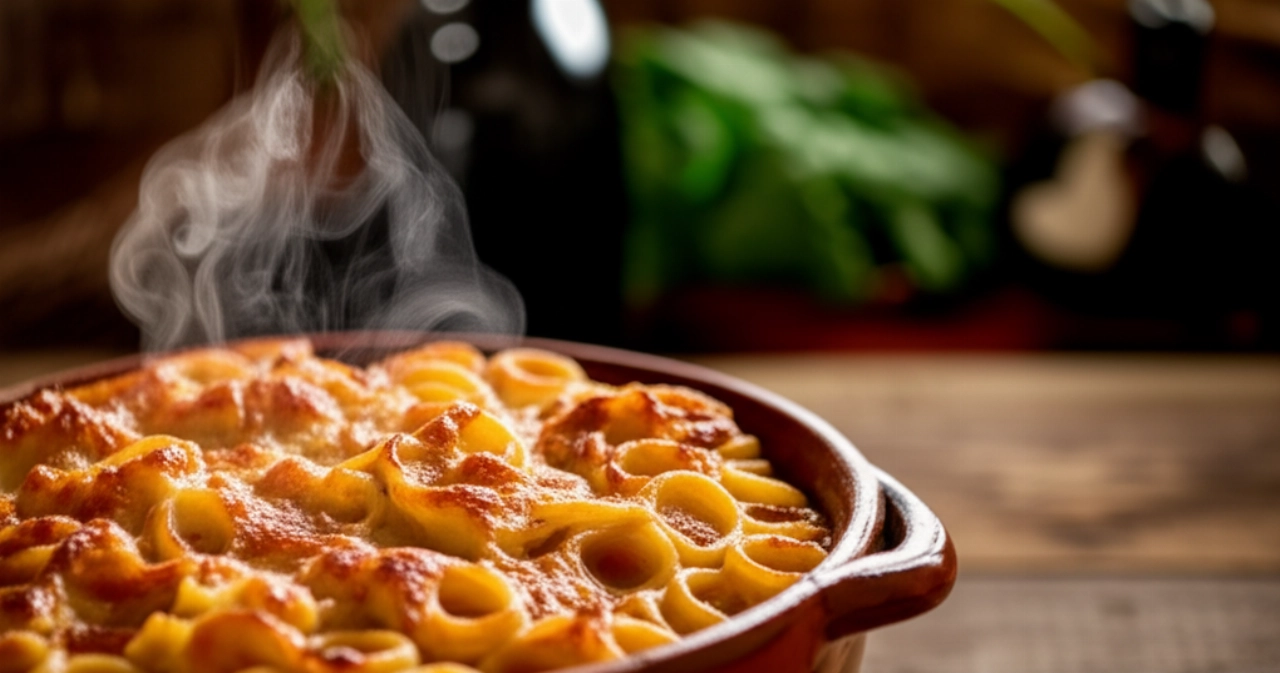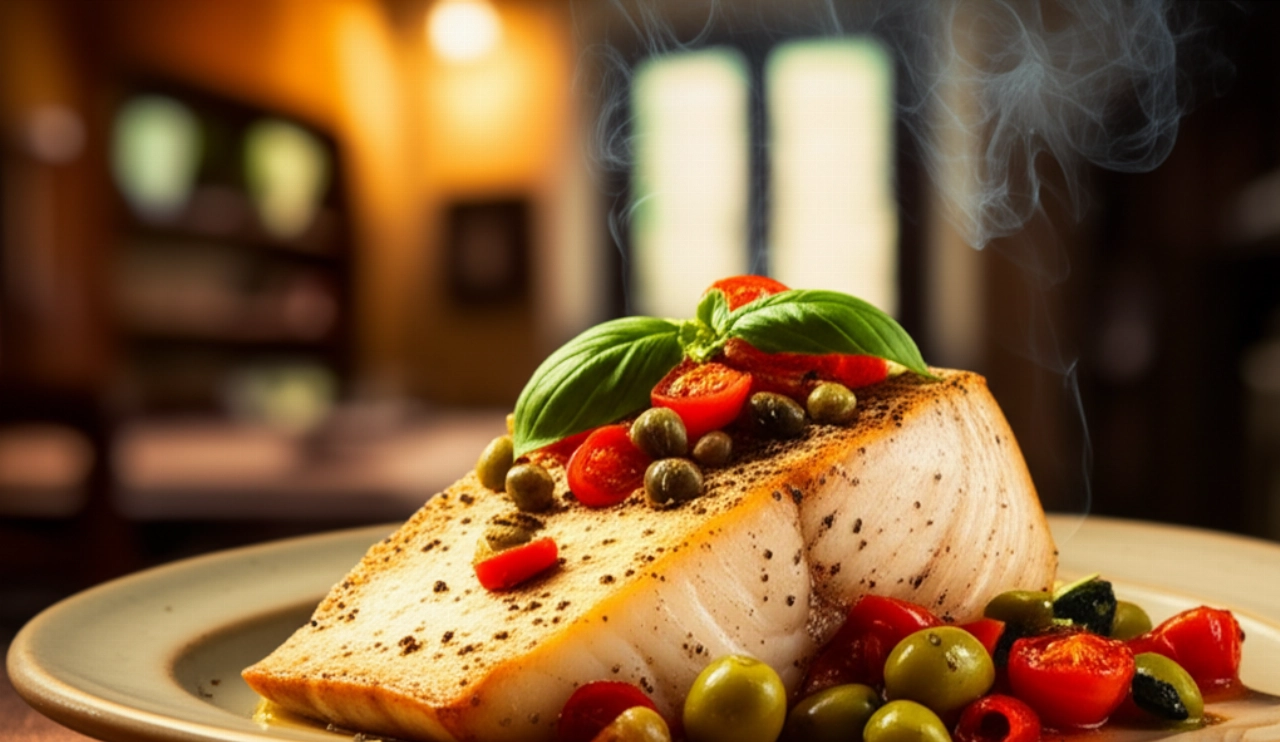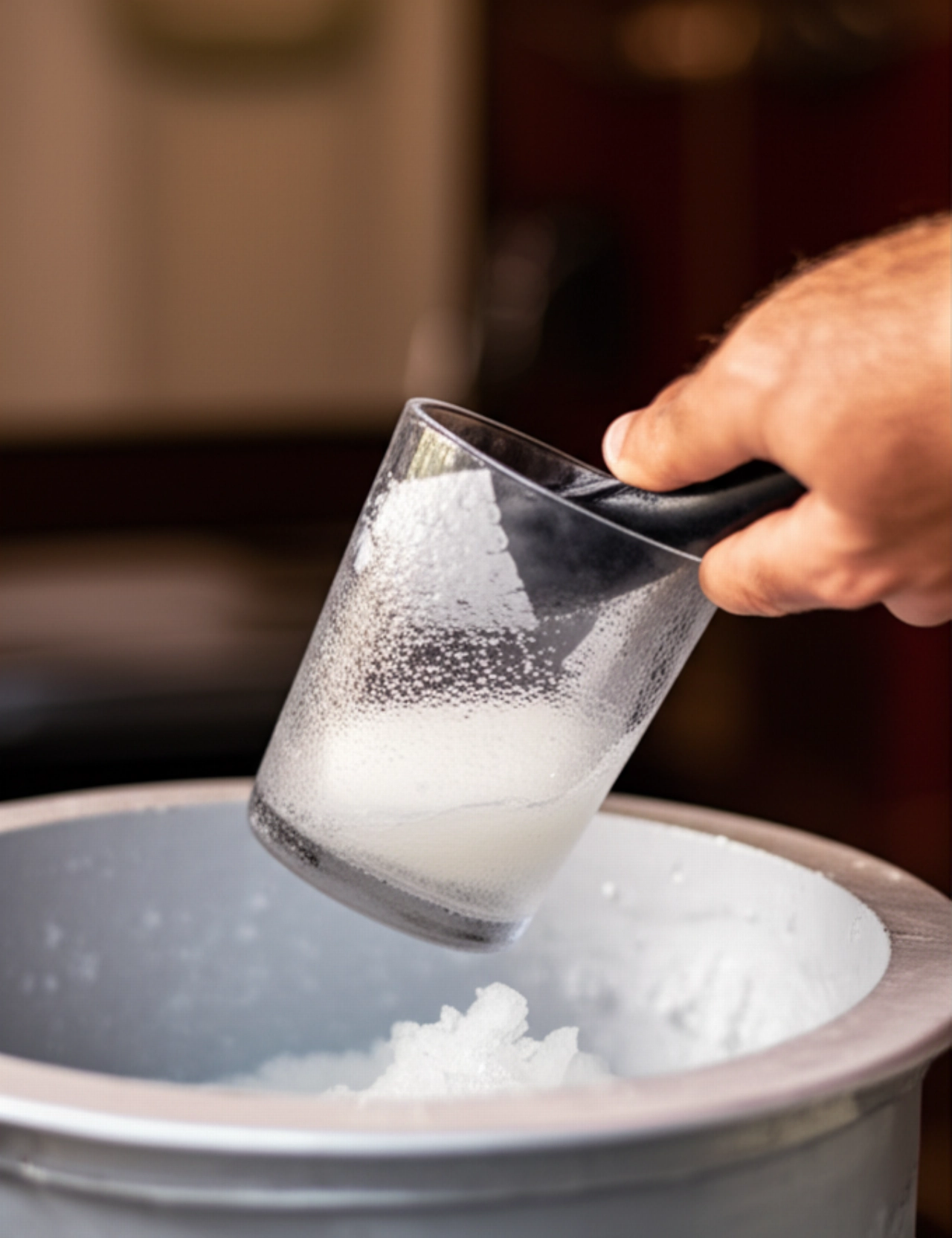Dreaming of bringing to the table a dessert that is a hymn to Sicily, a triumph of flavors and colors that leaves everyone speechless? Sicilian Cassata is a pastry masterpiece, a symbol of celebration and tradition that enchants at first glance and first taste.
But too often, its reputation as a complex and almost unattainable dessert has always intimidated you? Too many complicated recipes, full of steps that seem made only for professional pastry chefs, and the fear of wasting precious ingredients and your time. How many times have you given up, thinking: "It's not for me"?
Make yourself comfortable. Here at Search Recipes, your trusted chef grandma reveals all the secrets to preparing a baked Sicilian Cassata that is not only authentic and delicious, but also surprisingly simple to make. I guarantee you a success that smells of Sicily and applause, without stress and without waste. Get ready to amaze everyone!
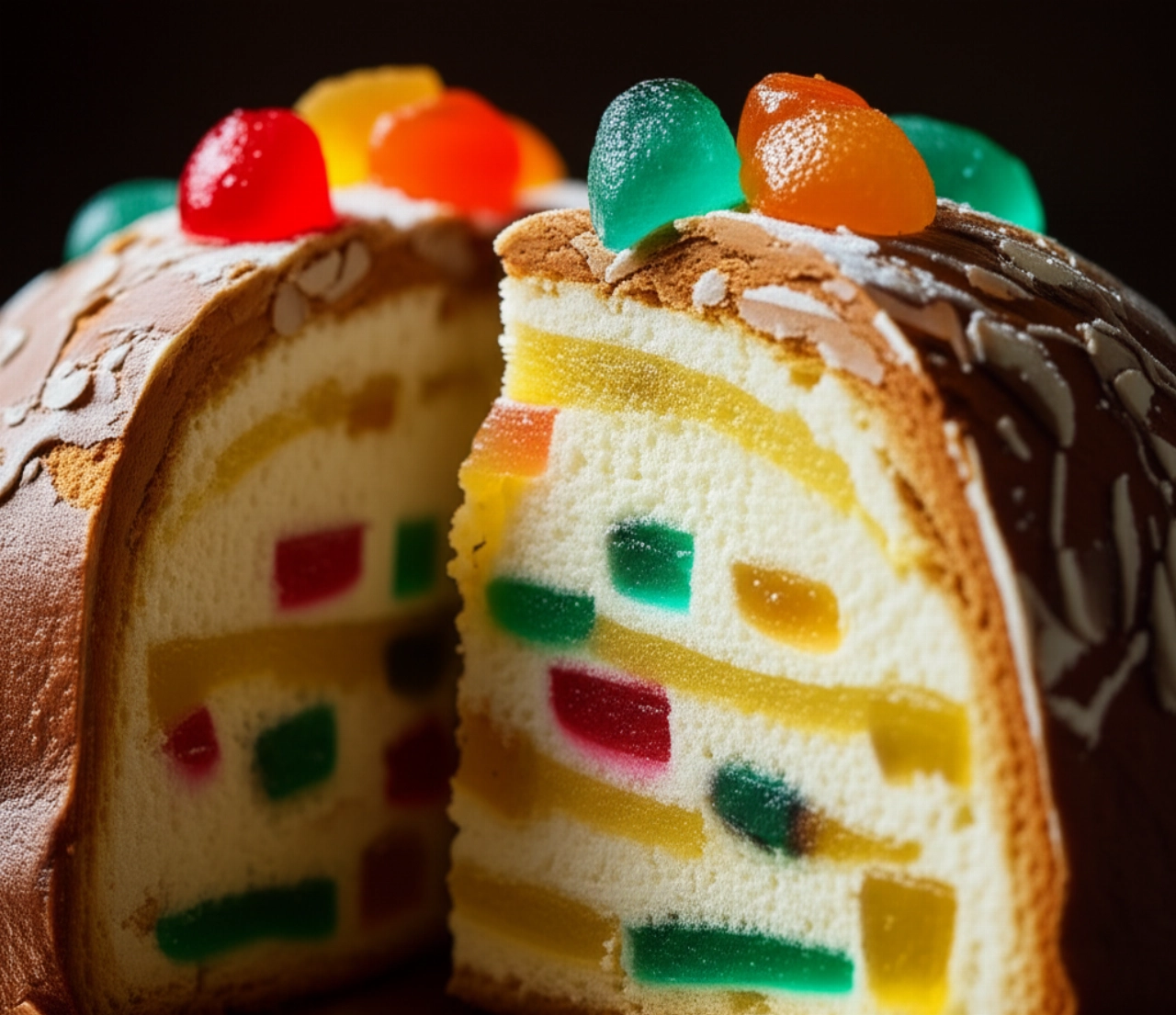
The Secret Corner of Baked Sicilian Cassata: Authenticity and Simplicity Guaranteed
Sicilian Cassata is a work of art, but its complexity often scares people. Our unique angle? I guide you towards the authentic simplicity and guaranteed success. Forget performance anxiety: with my tips, you'll prepare a baked Cassata that respects tradition, is incredibly good, and will make you feel like a true Sicilian pastry chef. No more fears of a "wrong" result, just the joy of a perfect dessert that you can replicate whenever you want.

Smart Ingredients for a Dream Sicilian Cassata: The Choice That Makes the Difference
The quality of ingredients is the first secret to an unforgettable Cassata. It's not just about listing them, but understanding the "why" behind each choice. Here's what you'll need for an impeccable result:
- Fresh sheep's milk ricotta (500g): This is the main ingredient! It must be sheep's milk, as it has a richer flavor and a more velvety texture. It's essential that it's well-drained, perhaps by leaving it in a colander in the fridge for several hours (or even overnight) to eliminate all excess whey. If you don't, the cream will be watery and not very compact.
- Powdered sugar (150-200g, to taste): Powdered sugar blends better with ricotta, creating a smooth, lump-free cream. The quantity can vary based on the sweetness of the ricotta and your personal taste.
- Dark chocolate chips (50g): Choose good quality chocolate, with at least 60-70% cocoa. The chips distribute evenly and add a bitter note that balances the sweetness of the ricotta.
- Mixed candied fruit (50g): Candied orange, citron, cherries... choose your favorites, but make sure they are of excellent quality, soft, and not too sweet. Cut them into small cubes for better distribution.
- Sponge cake (approx. 200g): You can buy it ready-made of excellent quality or, if you feel adventurous, prepare it at home. The important thing is that it's soft and not too dry.
- For the syrup:
- Water (200ml)
- Granulated sugar (100g)
- Liqueur (50ml, e.g., Maraschino, Strega, or Rum) or orange juice for an alcohol-free version. The syrup is used to moisten the sponge cake, making it soft and fragrant.
- For the glaze (optional, but recommended for shine):
- Powdered sugar (100g)
- Water (2-3 tablespoons) or lemon juice for a simple glaze.
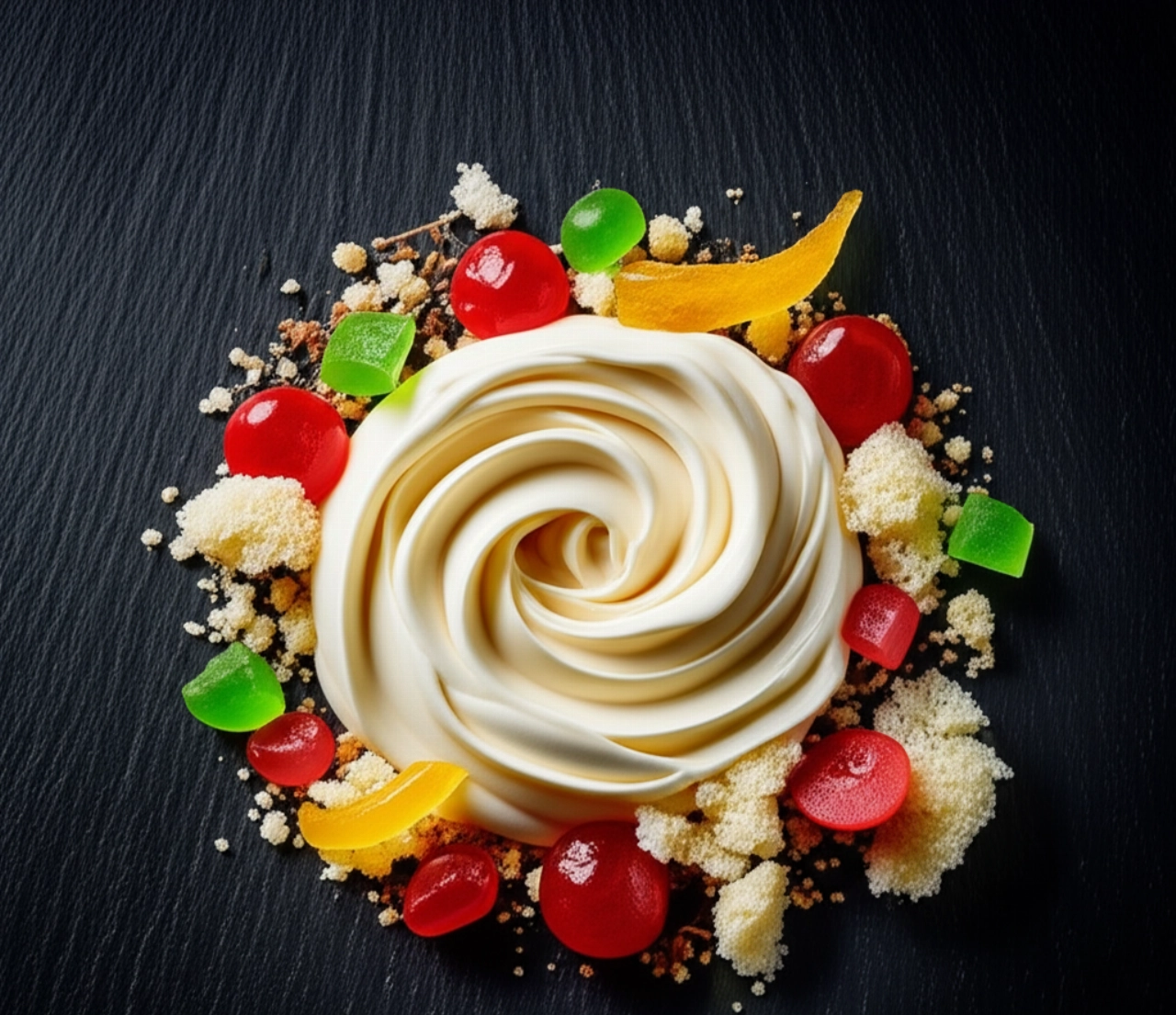
3 Common Mistakes in Cassata Preparation (and How to Avoid Them)
Even the most experienced can fall into these small traps. But you, with my advice, will easily avoid them:
- Ricotta not well drained: This is mistake number one! If the ricotta doesn't lose all its whey, the cream will be watery, difficult to work with, and the Cassata won't have the right consistency. Solution: Place the ricotta in a fine-mesh colander, positioned over a bowl, and leave it in the fridge for at least 4-6 hours, or even better, overnight. Press lightly from time to time.
- Sponge cake too dry or too wet: If it's too dry, the dessert will be crumbly. If it's too wet, it will fall apart. Solution: Moisten the sponge cake with the syrup little by little, using a pastry brush, until it's soft but still compact. It shouldn't drip!
- Rushing resting times: Cassata, like many traditional desserts, needs its time to settle and allow the flavors to blend perfectly. Solution: After assembling it, let the Cassata rest in the refrigerator for at least 4-6 hours, or even better, overnight. This will make it more compact, easier to cut, and much tastier.
Grandma's Secret: The Magic Touch for an Infallible Cassata
My grandma, a true kitchen wizard, always said that the secret to a good Cassata isn't just in the ingredients, but in the time and patience you dedicate to it. And she passed down a trick to me that few know, but which makes a huge difference:
"After preparing the ricotta cream, before adding chocolate and candied fruit, let it rest in the fridge for at least an hour. This allows the powdered sugar to dissolve completely and the ricotta flavors to 'mature' and blend, making the cream incredibly velvety, smooth, and aromatic. It's a small gesture, but I assure you the final result will be a hug of flavor you won't forget."
Let's Prepare Baked Sicilian Cassata Together: The Step-by-Step Guide
Now that we have all the secrets, let's get cooking! Follow each step carefully and success will be guaranteed.
Phase 1: The Perfect Ricotta Cream
- Ensure the ricotta has been well-drained. Transfer it to a large bowl.
- Add the powdered sugar to the ricotta.
- With a hand or electric whisk, work the ricotta and sugar until you obtain a smooth, homogeneous, and lump-free cream. Do not over-whip it; it should remain dense.
- Cover the bowl with plastic wrap and let it rest in the fridge for at least 1 hour (or as suggested by grandma's secret).
- After the resting time, add the dark chocolate chips and diced candied fruit. Gently mix with a spatula to distribute the ingredients evenly. Your cream is ready!
Phase 2: The Sponge Cake and Syrup
- Cut the sponge cake into slices about 1 cm thick.
- Prepare the syrup: in a small saucepan, bring water with granulated sugar to a boil. Let it simmer for 2-3 minutes, then remove from heat and let it cool completely. Once cold, add the liqueur (or orange juice).
Phase 3: Assembling the Cassata
- Prepare a springform pan (20-22 cm diameter) or a loaf pan. Line it completely with plastic wrap, letting the edges hang over generously. This will help you unmold the dessert without problems.
- Line the bottom and sides of the pan with sponge cake slices. If necessary, cut the slices to fit the shape. Leave no gaps.
- With a pastry brush, generously moisten the sponge cake with the prepared syrup. Don't overdo it; it should be moist but not soggy.
- Pour the ricotta cream into the pan, leveling it well with a spatula.
- Cover the ricotta cream with another layer of sponge cake slices. This layer also needs to be moistened with the syrup.
- Fold the plastic wrap flaps over the Cassata, covering it completely.
- Place the pan in the refrigerator and let it rest for at least 4-6 hours, or even better, overnight. This step is crucial for stability and flavor blending.
Phase 4: Baking and Finishing (for the baked version)
- Preheat the static oven to 170°C.
- Remove the top plastic wrap from the Cassata.
- Bake the Cassata for about 30-40 minutes, or until the surface is lightly golden and firm. Baking helps stabilize the structure and enhance the ricotta flavors.
- Once baked, remove the Cassata from the oven and let it cool completely in the pan before unmolding. This is crucial to prevent it from breaking.
- When cold, gently unmold the Cassata by inverting it onto a serving plate. Remove any remaining plastic wrap.
- Prepare the simple glaze (optional): in a bowl, mix the powdered sugar with water (or lemon juice) until you get a smooth, fluid glaze. Pour it over the surface of the Cassata, letting it drip down the sides.
- Decorate as desired with whole candied fruit or candied cherries for a final touch.
Tips and Frequently Asked Questions about Baked Sicilian Cassata
Here are some of the most common questions I get asked about Cassata. I hope they help you!
- Can I prepare Cassata in advance?
- Absolutely yes, in fact, it's recommended! Cassata is one of those desserts that improve with rest. You can prepare it one or two days in advance and store it in the refrigerator. The flavors will have time to blend perfectly, making it even better.
- How do I store Cassata?
- Cassata should be stored in the refrigerator, well covered with plastic wrap or under a cake dome, to prevent it from absorbing odors and drying out. It keeps well for 3-4 days.
- Can I use another type of cheese instead of sheep's milk ricotta?
- For an authentic Sicilian Cassata with a traditional flavor, sheep's milk ricotta is irreplaceable. It has a unique texture and taste. If you really can't find it, you can opt for a high-quality cow's milk ricotta, but keep in mind that the final result will be slightly different.
- Can I omit the liqueur in the syrup?
- Certainly! If the Cassata is also for children or those who don't like alcohol, you can easily omit the liqueur and use only water and sugar, or replace it with orange juice or another fruit juice of your choice. The dessert will still be delicious.
- Why did my Cassata collapse or not hold its shape?
- There are a few common reasons: the ricotta might not have been drained enough (and thus was too watery), the sponge cake might have been too soaked with syrup, or the Cassata didn't rest long enough in the refrigerator before baking and unmolding. Carefully follow our tips on draining the ricotta and resting times for a perfect result!
There you have it! Now you no longer just have a recipe, but all the secrets to bringing a piece of Sicily to your table, a dessert that embodies history, passion, and the authentic taste of celebrations. You've learned the tricks for a baked Sicilian Cassata that will make your eyes and those of your guests sparkle.
Don't be afraid to challenge yourself. Cooking is joy, discovery, and sharing. With this guide, success is guaranteed, and the aroma that will emanate from your kitchen will be an irresistible invitation to taste a masterpiece.
Have you prepared your baked Sicilian Cassata? We can't wait to admire your masterpiece! Leave a comment below, tell us about your experience, or share a photo on Instagram by tagging @CercaRicette.it. If you loved this journey into Sicilian flavors, don't miss our recipe for Sicilian Granita or for an unforgettable first course like Pasta alla Norma.
